
Peugeot 3008 SUV (2016-2024) engines, drive and performance
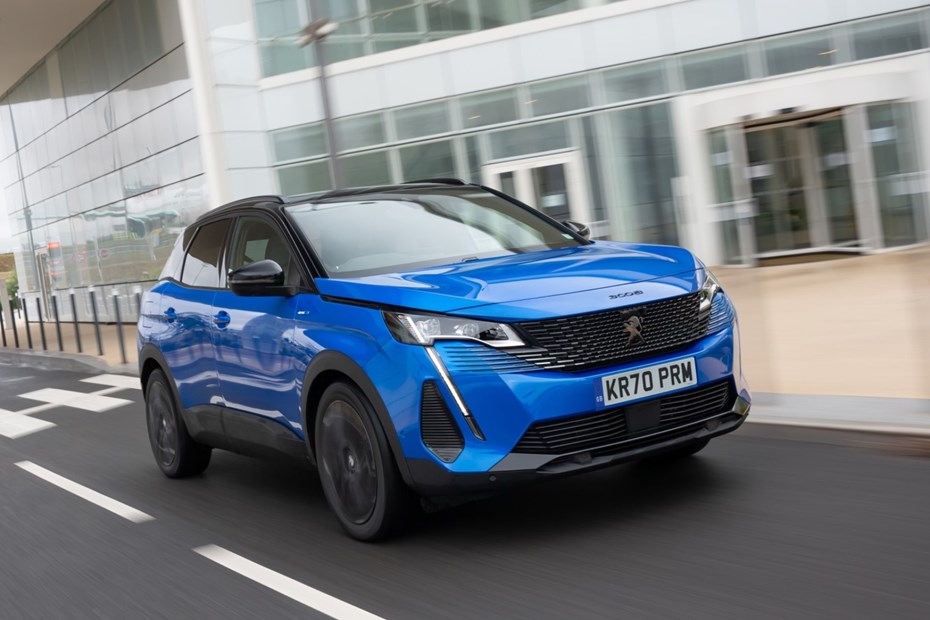
- Plenty of engine choice in the 3008
- Automatic gearboxes in the most powerful
- Lower-powered engines the best
Petrol engines
If you want a petrol 3008, you’ve got a choice of two. First up is a 1.2-litre three-cylinder, turbocharged unit named PureTech 130. As the name suggests, it offers 130hp and is a great fit in the 3008 with a useful 230Nm of torque available.
In a nutshell, this is a really nice engine that’s superbly matched to the 3008, and in many ways, the pick of the range. The engine is smooth and powerful and feels well suited to the car. It’ll complete the benchmark 0-62mph sprint in 9.5 seconds and is capable of reaching a 117mph top speed when an eight-speed automatic is selected.
It’s refined at low speeds, pulls strongly in all of its gears – despite 1.2-litres being on the small side for a five-seat SUV – and when you’re cruising on the motorway, it never feels underpowered – and it positively begs to be driven hard.

While it obviously makes the most sense to those on a budget, the three-cylinder PureTech’s refined character is just as appealing for those with more to spend. The discontinued manual version in many ways makes more sense than the automatic with this small engine.
There’s also a PureTech 180, which uses a 1.6-litre turbocharged unit paired exclusively with an EAT8 automatic transmission. While we warn against picking the automatic gearbox with the smaller engine above, it’s a far more harmonious combination here – to the point where we find this suits the 3008 best if you decide to go with an automatic petrol engine.
This version will sprint from 0-62mph in 8.0 seconds, making it the quickest of the 3008 line-up that isn’t a hybrid.
However, with a torque figure of 250Nm and that automatic gearbox, it’s not the pokiest when you need to get up to speed on the motorway, for example, feeling a little more lethargic than some may think, especially with that headline power figure. This is not an engine that resembles any sporting character, despite the efforts of the piping fake engine noise into the cabin when driven in Sport mode – a sound so incredibly synthetic it will be divisive among occupants.
Peugeot has also recently introduced a mild-hybrid variant to the 3008 – based around the same 1.2-litre petrol engine but with a 48-volt battery and small electric motor that boosts power to 136hp. It’s slower than the regular petrol version, taking 10 seconds to get from 62mph, but is more frugal, which we’ll come onto later.
Diesel engines
The 3008 diesel engine line-up was simplified with the introduction of a new 1.5-litre unit producing 130hp and 300Nm of torque – replacing the BlueHDi 100, 120 and 150hp units in one fell swoop.
In six-speed manual form, which has now been discontinued, this diesel will complete the 0-62mph dash in 10.8 seconds, while the EAT8 automatic version is slower at 11.5 seconds.
It’s a smooth and refined unit that feels punchy in manual form, being lively enough for most situations, whether it’s around town or sitting on the motorway. It seems an excellent alternative to the PureTech 130 petrol if you spend more time undertaking long journeys.
At the top of the tree is a 180hp BlueHDi diesel – another that’s been axed in recent years – available exclusively with an automatic gearbox. While it has ample power on paper, in reality the automatic gearbox saps power and makes it feel much slower than you’d expect.
A chunky 400Nm torque figure provides plenty of punch, but you’ll need patience as the gearbox decides what to do if you put your foot down. It makes its 0-62mph time of 8.9 seconds feel more stressful than you’d expect, too.
Hybrid models
There are two choices of plug-in hybrids available – the Hybrid and Hybrid4.
The Hybrid uses a 1.6-litre petrol engine producing 180hp and 300Nm of torque, along with an electric motor producing 110hp. Maximum combined power is 225hp and is driven through the front wheels via an eight-speed automatic gearbox.
The Hybrid4 uses a 1.6-litre petrol engine producing 200hp but is boosted by two electric motors – one up front and one at the rear – to make a combined 300hp and 520Nm of torque. This is also the first 3008 to come with four-wheel drive as standard, which can be driven at speeds up to 84mph – which is also the top speed you can drive in pure electric mode. The Hybrid4 takes 5.9 seconds to get from 0-62mph.
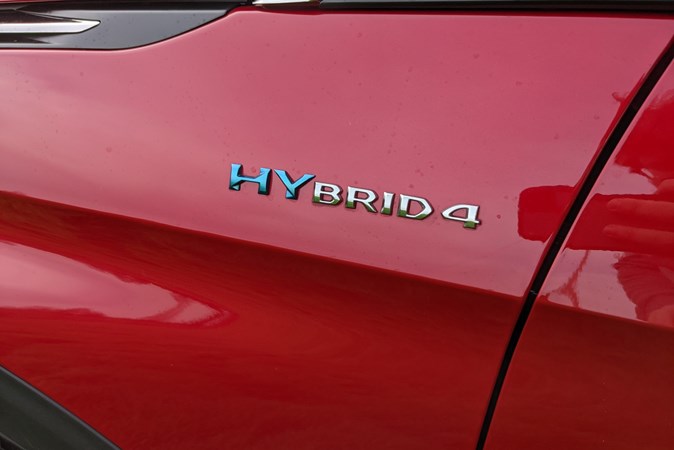
Flick through the drive modes and you can Electric, Hybrid and Sport. Sport applies more steering weight to make it heavier and more involving to use, while the throttle response is sharpened up. This, along with the electrical assistance from the hybrid system helps the 3008 feel quite lively to drive, with plenty of overtaking ability available.
Hybrid4 models comes with an additional 4WD mode. Not only does this provide better traction in low-grip situations, but completely changes the character of the car under acceleration.
It’s certainly less dramatic, as the 3008 no longer feels like it’s predominantly being dragged along by the front wheels, where the majority of that power is sent. Instead, it neutralises the power delivery of the car to the point where the Hybrid4 almost feels like it’s pared back. At the very least it makes for a more relaxing experience.
Don’t expect dynamism from the hybrid models – they’re fast, but don’t encourage rapid driving thanks to their light controls and seriously spongy brake pedals.
What’s it like to drive?
- The way the 3008 handles varies between models
- Lighter engines feel most sprightly
- Automatic gearboxes limit fun factor
As with performance, bigger doesn’t necessarily mean better for the 3008. The 130hp Puretech petrol model feels light and nimble around corners. The much heavier 180hp diesel feels unwieldy and heavy in comparison, though most drivers won’t want for more grip with any 3008.
The 180hp petrol may weigh the same as 120hp diesel, but the automatic gearbox detracts from its driving experience, making for jerky progress around corners, whether you leave the gearbox to its own devices or take manual control using the paddles mounted on the steering wheel. As a result, it’s the less satisfying machine to drive.
The feel of the steering varies by model, too, though all feature a tiny steering wheel, which is flattened on the top and bottom. While this may mimic a Formula 1 wheel, it is incongruous in a road car, as unlike on the track where the wheel barely turns between full left and right.
In the 3008 the irregular shape makes corners a frustrating affair. It is much harder to adjust your grip when turning as you don’t know exactly which bit of the wheel you’ll get.
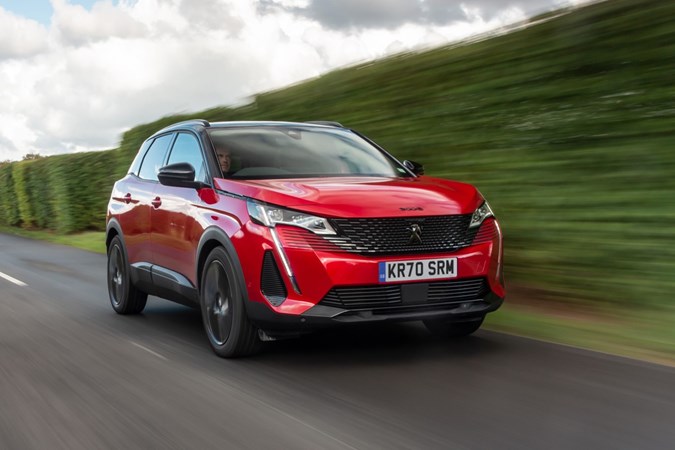
The lighter models provide a reasonably good sense of control through the wheel, though the steering felt a little less intuitive in the more powerful models. Despite the small wheel it also feels like you have to turn this more than expected to make bends, making the squashed shape of the wheel more irritating.
A Sport mode for the steering is also available, and while this adds weight, it can feel artificial, giving you less sense of connection with the front tyres, especially with the heavier engines fitted. All cars are easy to manoeuvre around town, however.
The added electrical hardware on the plug-in hybrid models results in an additional 350kg in weight, and while this isn’t that much more noticeable around town – or indeed accelerating, thanks to the electric motors assisting – it’s when you drive down country lanes when you notice the reduction in agility. Nevertheless, this hasn’t had a detrimental effect and the 3008 never focussed on outright handling in the first place, so the ability to drive in a quieter and more relaxed manner only suits it more.


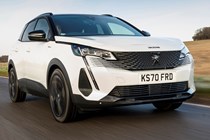
.jpg)
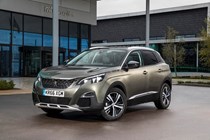
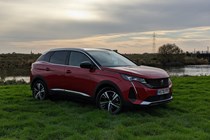
.jpg)
.jpg)
.jpg)
.jpg)
.jpg)
.jpg)
.jpg)
.jpg)
.jpg)
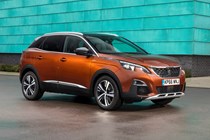
.jpg)
.jpg)
.jpg)
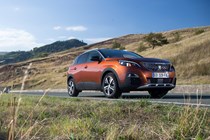
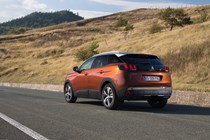
.jpg)
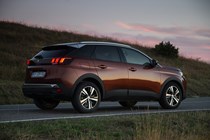
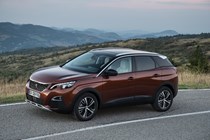

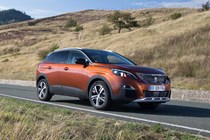
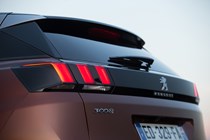
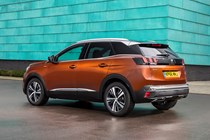
.jpg)
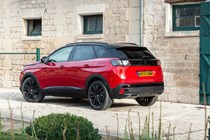
.jpg)
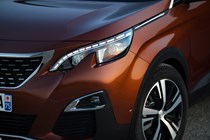
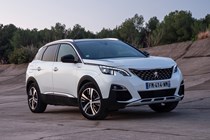
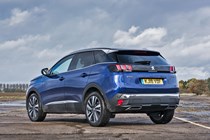
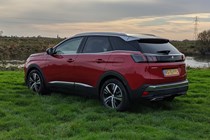

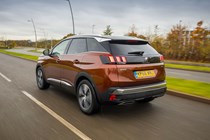
.jpg)
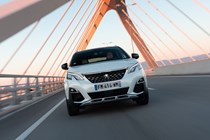
.jpg)
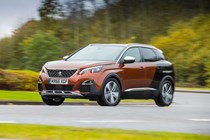

.jpg)
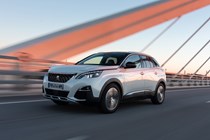
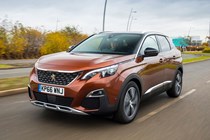
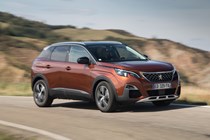


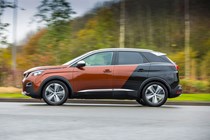
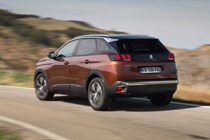
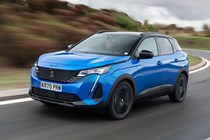
.jpg)
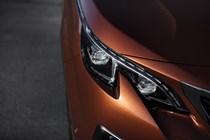

.jpg)
.jpg)
.jpg)
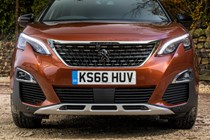
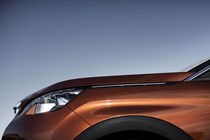
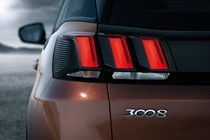

.jpg)
.jpg)
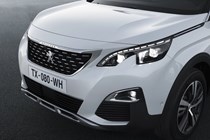
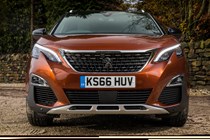


.jpg)
.jpg)
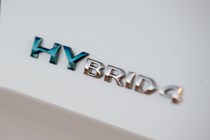
.jpg)
.jpg)
.jpg)
.jpg)
.jpg)
.jpg)
.jpg)
.jpg)
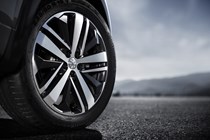
.jpg)
.jpg)
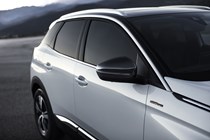
.jpg)
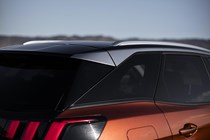
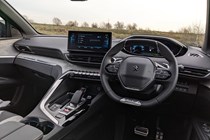
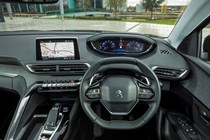

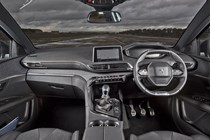
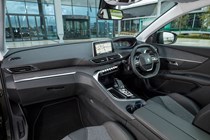

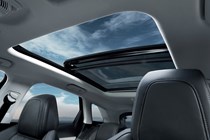
.jpg)
.jpg)
.jpg)
.jpg)
.jpg)

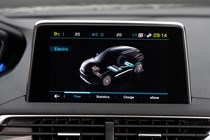
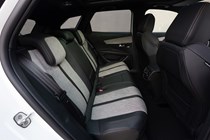
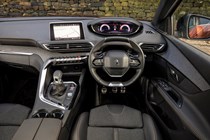
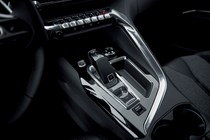

.jpg)
.jpg)
.jpg)
.jpg)
.jpg)
.jpg)
.jpg)
.jpg)
.jpg)
.jpg)
.jpg)
.jpg)
.jpg)
.jpg)
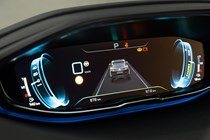
.jpg)

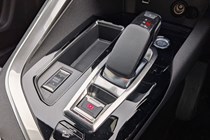
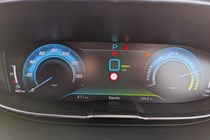
.jpg)
.jpg)
.jpg)
.jpg)
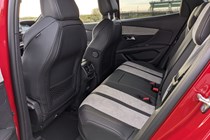
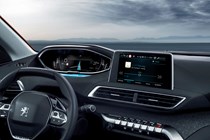
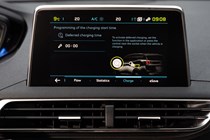
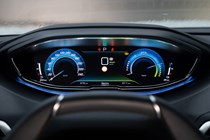
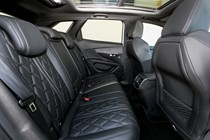
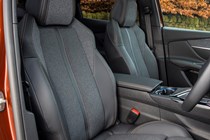
.jpg)
.jpg)
.jpg)
.jpg)
.jpg)

.jpg)
.jpg)
.jpg)
.jpg)
.jpg)
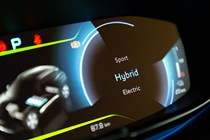
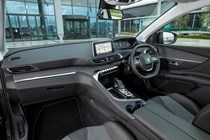
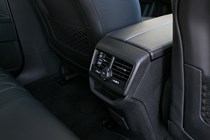
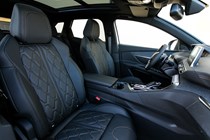
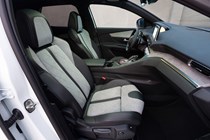
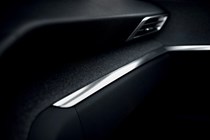
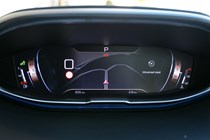
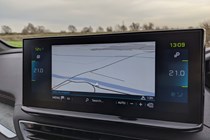
.jpg)
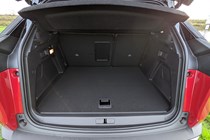
.jpg)
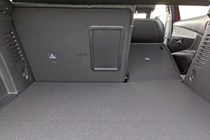
.jpg)
.jpg)
.jpg)
.jpg)
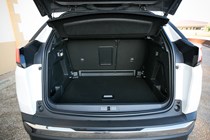
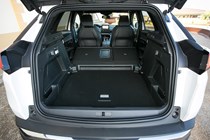
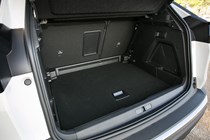
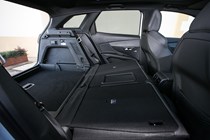
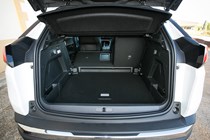
.jpg)
.jpg)
.jpg)
.jpg)
.jpg)
.jpg)



.jpg?quality=50)


.jpg?quality=50)
.jpg?quality=50)
.jpg?quality=50)
.jpg?quality=50)
.jpg?quality=50)
.jpg?quality=50)
.jpg?quality=50)
.jpg?quality=50)
.jpg?quality=50)

.jpg?quality=50)
.jpg?quality=50)
.jpg?quality=50)


.jpg?quality=50)






.jpg?quality=50)

.jpg?quality=50)






.jpg?quality=50)

.jpg?quality=50)


.jpg?quality=50)








.jpg?quality=50)


.jpg?quality=50)
.jpg?quality=50)
.jpg?quality=50)




.jpg?quality=50)
.jpg?quality=50)




.jpg?quality=50)
.jpg?quality=50)

.jpg?quality=50)
.jpg?quality=50)
.jpg?quality=50)
.jpg?quality=50)
.jpg?quality=50)
.jpg?quality=50)
.jpg?quality=50)
.jpg?quality=50)

.jpg?quality=50)
.jpg?quality=50)

.jpg?quality=50)








.jpg?quality=50)
.jpg?quality=50)
.jpg?quality=50)
.jpg?quality=50)
.jpg?quality=50)






.jpg?quality=50)
.jpg?quality=50)
.jpg?quality=50)
.jpg?quality=50)
.jpg?quality=50)
.jpg?quality=50)
.jpg?quality=50)
.jpg?quality=50)
.jpg?quality=50)
.jpg?quality=50)
.jpg?quality=50)
.jpg?quality=50)
.jpg?quality=50)
.jpg?quality=50)

.jpg?quality=50)



.jpg?quality=50)
.jpg?quality=50)
.jpg?quality=50)
.jpg?quality=50)






.jpg?quality=50)
.jpg?quality=50)
.jpg?quality=50)
.jpg?quality=50)
.jpg?quality=50)

.jpg?quality=50)
.jpg?quality=50)
.jpg?quality=50)
.jpg?quality=50)
.jpg?quality=50)








.jpg?quality=50)

.jpg?quality=50)

.jpg?quality=50)
.jpg?quality=50)
.jpg?quality=50)
.jpg?quality=50)





.jpg?quality=50)
.jpg?quality=50)
.jpg?quality=50)
.jpg?quality=50)
.jpg?quality=50)
.jpg?quality=50)